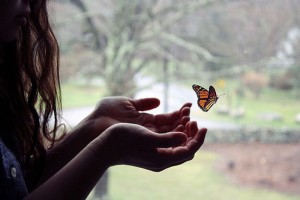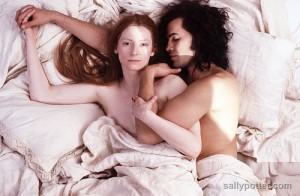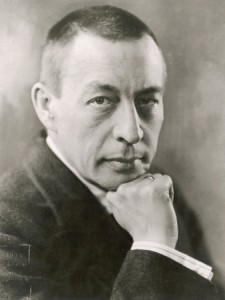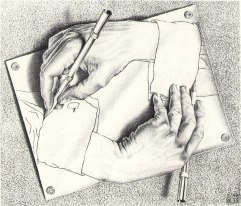Lino Milita
I desideri dei mondi possibili
relegati nell’aliena inconsistenza,
son soppesati come una senescenza
che s’attarda nelle fole insolubili.
Pigre sintesi giudicano le astratte azioni,
infantili albe delle fiabe fatate,
annunciate dalle farfalle eccitate
nel dipingere libere e aeree aspirazioni.
Ma ogni assonante ritmo d’ali rievocato
in mutevoli aperture dei risvegli,
è specchio di ogni petalo illuminato.
E ogni incontro nell’universale meraviglia
nella celebrazione d’un altro apparire
accudisce una nuova e più intensa veglia.
Per il video Di Ryan McGinley’s Beatiful Rebels premere QUI
The Celebrated Artist Reveals the Unexpected Magic of Shooting his Butterfly Film For Edun





